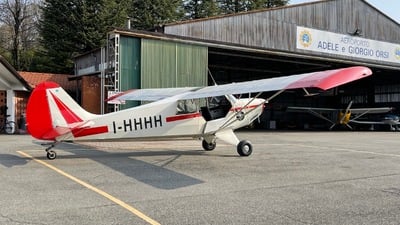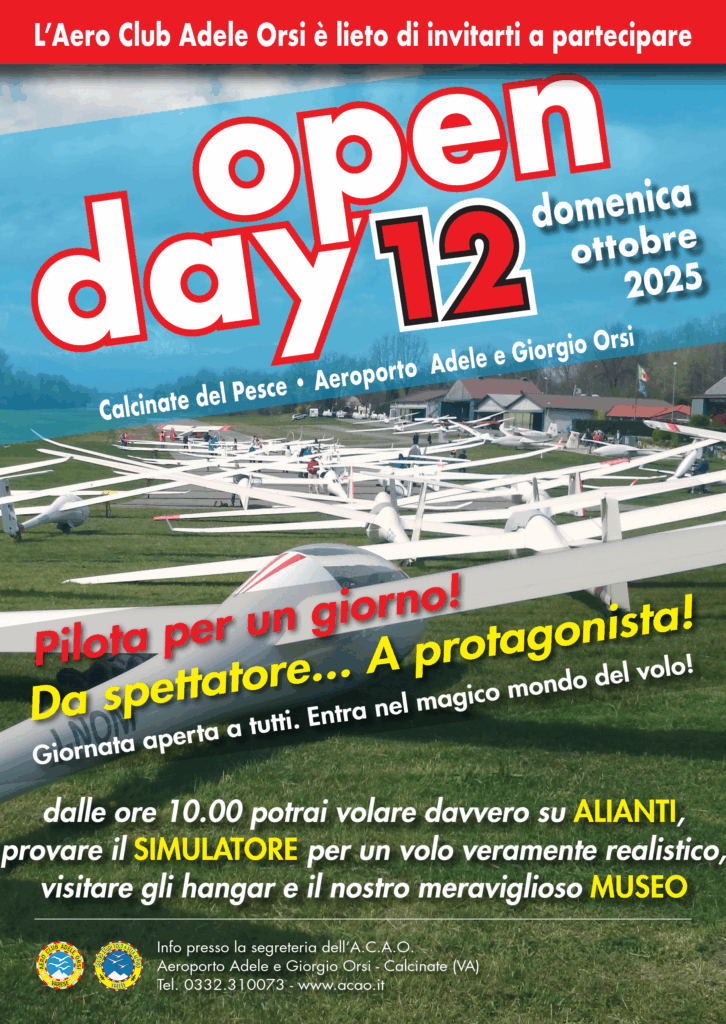
Data sheet
Number of places: 2
Length: 6.88 m
Wingspan: 10.73 m
Wing area: 17 m²
Empty weight: 540 kg
Maximum takeoff weight: 820 kg
Engine: a Lycoming O-360 180 hp (135 kW)
Cruising speed: 195 km/h (105 kn)
Stall speed: 67 km/h (36 kn)
VNE: 250 km/h (135 kn)
Range: 1,000 km
Tangency: 6,100
Aviat Husky A1 I-HHH
The Husky A1 is a two-seat high-wing aircraft with STOL characteristics, built by Aviat Aircraft.
The plane is one of the few in its class designed by computer-aided design (CAD) and entered mass production in the United States in 1987. The structure is steel tube with Dacron covers, and power is provided by a powerful (for the Husky’s weight) Textron Lycoming O-360-A1P 134 kW (180 hp) four-cylinder engine mated to a variable-pitch Hartzell propeller. The Husky is one of the most successful light aircraft of the past two decades, with more than 650 models sold since production began.
I-HHH is a 1990 Aviat Husky A1, purchased by A.C.A.O. in 1999 and used as a glider tow and for difference qualification to bicyclic (TW) and variable pitch (VP) aircraft.
